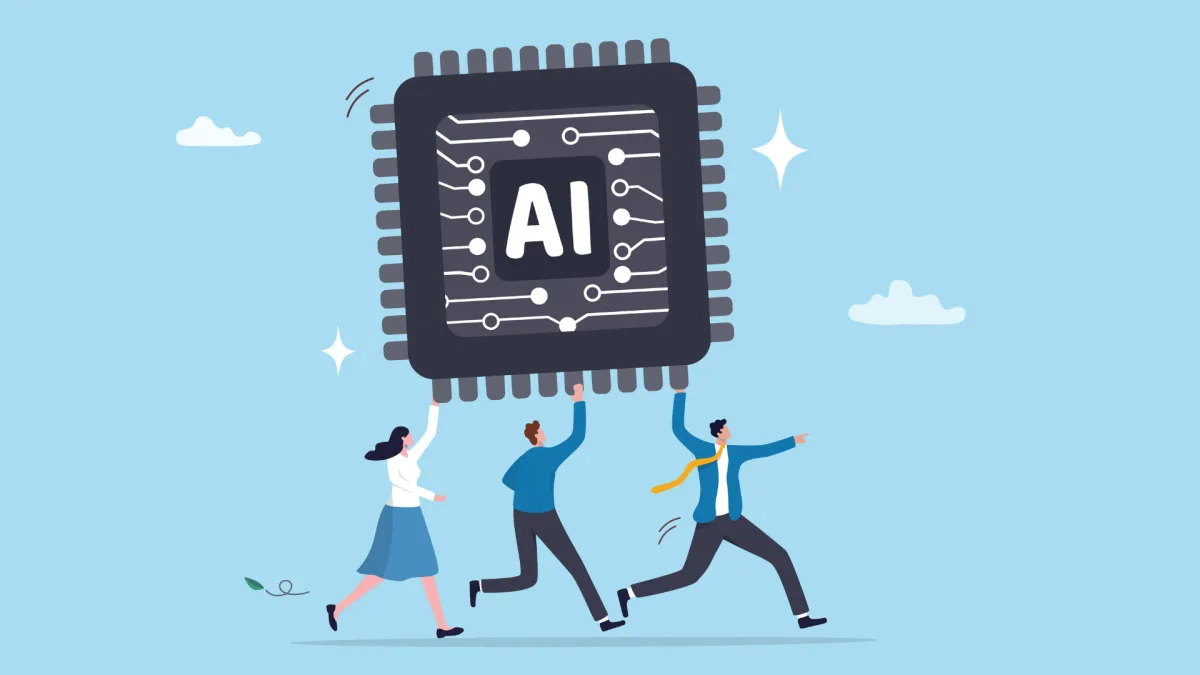
The Acceleration of Enterprise AI Adoption: What It Means for Business—and How STS Helps Organizations Stay Secure
Artificial intelligence has moved from hype to headline, and now into the core of enterprise operations. Over the past year, companies across every sector have rapidly expanded their use of AI for automation, analytics, application development, cybersecurity, and decision support. What was once experimental is now operational.
Yet with this accelerated adoption comes an equally rapid rise in new risks, governance challenges, and security blind spots. According to multiple studies released in 2025, most organizations are embracing AI far faster than they can understand, secure, or govern it. This imbalance is now one of the most urgent issues in modern IT.
For businesses looking to leverage AI responsibly and safely this is a moment for strategic clarity. And for service partners like Streamline Technology Solutions (STS), it’s an opportunity to guide clients through one of the most significant technology shifts of this decade.
AI Adoption Is Surging Across the Enterprise
Multiple industry reports confirm that enterprise AI adoption is accelerating at a pace never seen before.
A recent F5 analysis found that one in four enterprise applications now includes AI functionality, marking a dramatic shift in how digital systems are designed and deployed (TechRadar, 2025). Businesses are embedding AI into workflows, customer support, software development, threat detection, and day-to-day analytics. AI is no longer an add-on, it’s becoming a foundational layer.
Meanwhile, a rising trend known as agentic AI, autonomous AI systems capable of performing tasks, interacting with data systems, and making decisions, is gaining traction. Netskope reports a growing number of enterprises are deploying in-house AI agents that operate across internal data stores, automate workstreams, and take actions on behalf of users (Netskope, 2025).
This shift represents enormous potential for efficiency and innovation. But it also introduces major risks when organizations scale AI faster than they build guardrails.
The Growing Risks Behind Rapid AI Adoption
1. A Huge Governance Gap Is Emerging
A study from Vanta and Sepio found that two-thirds of business and IT leaders feel AI adoption is outpacing their ability to govern it properly (Cybersecurity Dive, 2025).
Many organizations lack AI policies, model approval workflows, and AI-specific incident response plans. Without governance, AI implementation becomes fragmented, inconsistent, and risky.
2. Shadow AI Is Becoming a Serious Problem
Skyhigh Security’s 2025 research revealed that most enterprises have AI tools in use that security teams don’t know about, with less than 10% having AI-specific data protection controls (Skyhigh, 2025).
Employees are increasingly using generative AI tools in unauthorized ways; uploading sensitive documents, customer data, or internal code without proper oversight.
3. Data Visibility and Classification Challenges
Data is the fuel of AI, but many organizations can’t see what fuel is being used. Bedrock Security’s Data Confidence Index showed that 82% of security teams report visibility gaps in their data inventories, especially when AI systems access internal datasets (Bedrock Security, 2025).
Without proper classification, organizations risk feeding sensitive or regulated data into AI ecosystems unintentionally.
4. Regulatory Risk Is Rising
Regulators worldwide are racing to place guardrails around AI usage. The Harvard Corporate Governance Forum reports that 72% of S&P 500 companies disclosed at least one “material AI risk” in their filings, signaling growing compliance pressure (Harvard Law School, 2025).
Gartner forecasts a 30% increase in AI-related legal disputes by 2028, largely due to improper governance or regulatory violations (Gartner, 2025).
5. Security Teams Are Overextended
OneTrust reports governance teams are spending 37% more time on AI oversight compared to a year ago (OneTrust, 2025). Security teams are overwhelmed, often forced to supervise AI systems without clear guidance or adequate tools.
AI is creating new work faster than organizations can restructure to manage it.
Why This Matters for Organizations Right Now
AI brings massive efficiencies but without strategic controls, it also magnifies risk.
Data can leak instantly through unauthorized AI tools.
AI agents can make decisions that impact financial systems, operations, or customers.
Weak governance multiplies regulatory exposure, including fines and reporting violations.
Lack of visibility creates blind spots, complicating incident response.
In short: AI introduces as much risk as opportunity. The companies that will thrive in the coming decade aren’t just the ones who adopt AI, they’re the ones who adopt it responsibly.
That’s where STS comes in.
How STS Helps Companies Adopt AI Securely and Strategically
As AI adoption accelerates, organizations need expert partners to establish the right controls, governance frameworks, and security protections. STS is uniquely positioned to help companies navigate this transformation.
1. AI Governance Framework Development
STS helps clients establish clear, actionable AI governance programs including:
AI usage policies
Model approval workflows
Data access and labeling rules
Human oversight requirements
Audit and logging expectations
We build governance that scales with the organization & reducing risk while supporting innovation.
2. Shadow AI Discovery & Control
Using modern security tools such as SSE and CASB platforms, STS identifies:
Unapproved AI tools in use
Sensitive data flowing into AI applications
High-risk shadow AI activity
We then implement strong guardrails, including DLP rules, access controls, and AI-specific data protections.
3. AI-Safe Data Management
STS helps organizations improve data visibility, classification, and access governance to ensure AI systems consume only approved, properly labeled, properly governed data.
We integrate continuous classification tools, strengthen data lake governance, and map data flow paths to ensure compliance.
4. Compliance & Regulatory Readiness
STS guides organizations through the evolving AI regulatory environment, ensuring readiness for:
SEC AI-risk reporting
GDPR-style AI governance laws
Emerging U.S. AI safety standards
Industry-specific AI compliance rules
We help clients build repeatable compliance processes that reduce legal exposure.
5. AI-Specific Incident Response Planning
AI systems require new types of response plans, especially for:
Model manipulation or poisoning
Prompt-injection attacks
AI-driven data exfiltration
Rogue autonomous agent behavior
STS develops AI-focused IR playbooks and integrates them into the organization’s SOC and MDR workflows.
6. Executive and Staff Training
We help organizations build an AI-ready culture by providing training on:
Responsible AI use
AI risk basics for executives
Data handling for AI systems
Shadow AI prevention
Governance and oversight roles
Training strengthens the human layer—often the weakest point in AI adoption.
Final Thoughts: AI Is Here. Governance Must Follow.
The rise of enterprise AI is one of the most transformative shifts in modern IT. But while the technology accelerates, the guardrails around it lag behind.
Organizations must balance innovation with responsibility. They must adopt AI with eyes open, not just to what it can do, but to how it behaves, what it consumes, and what risks it introduces.
STS is here to help businesses adopt AI with confidence, control, and resilience.
With strong governance, clear strategy, and intelligent security, AI becomes an advantage, not a liability.
References
Bedrock Security. (2025). Enterprise Data Security Confidence Index.
Cybersecurity Dive. (2025). AI Corporate Governance and Security Controls Report.
Gartner. (2025). AI Regulatory Violations Forecast Report.
Harvard Law School Forum on Corporate Governance. (2025). AI Risk Disclosures in the S&P 500.
Netskope. (2025). Cloud and Threat Report: Shadow AI & Agentic AI.
OneTrust. (2025). AI Governance Workload Analysis.
Skyhigh Security. (2025). AI Application Data Protection Report.
TechRadar. (2025). A Quarter of Enterprise Applications Now Include AI.


